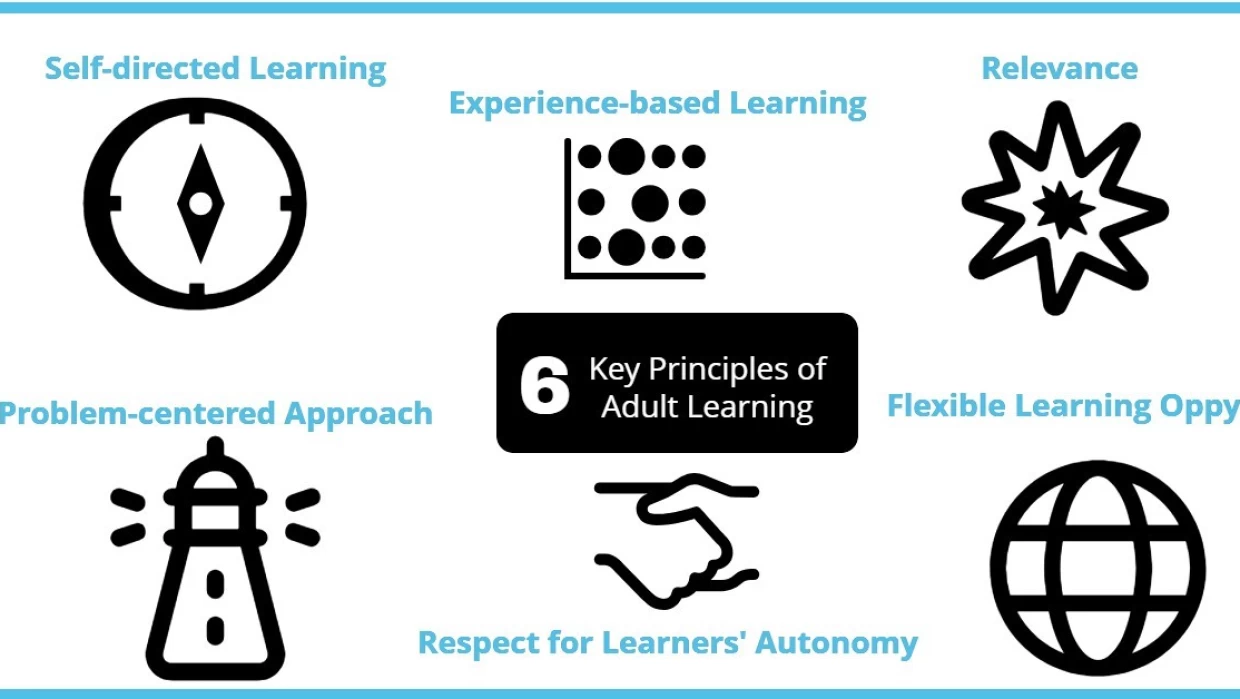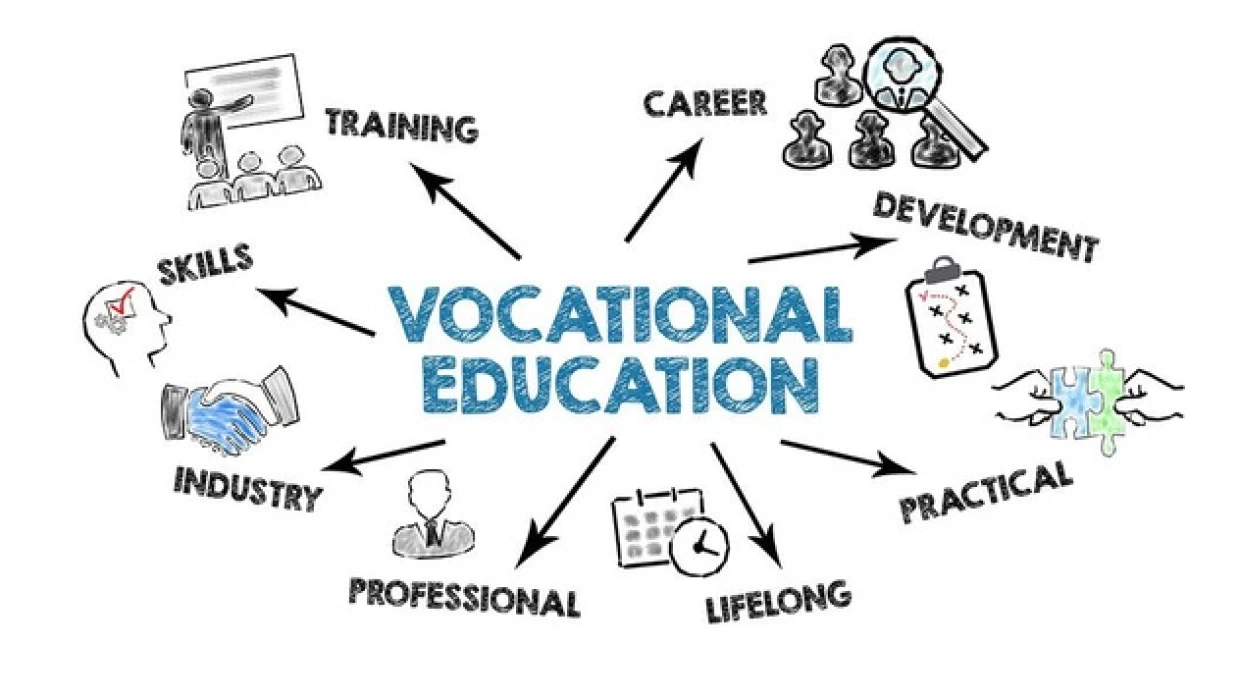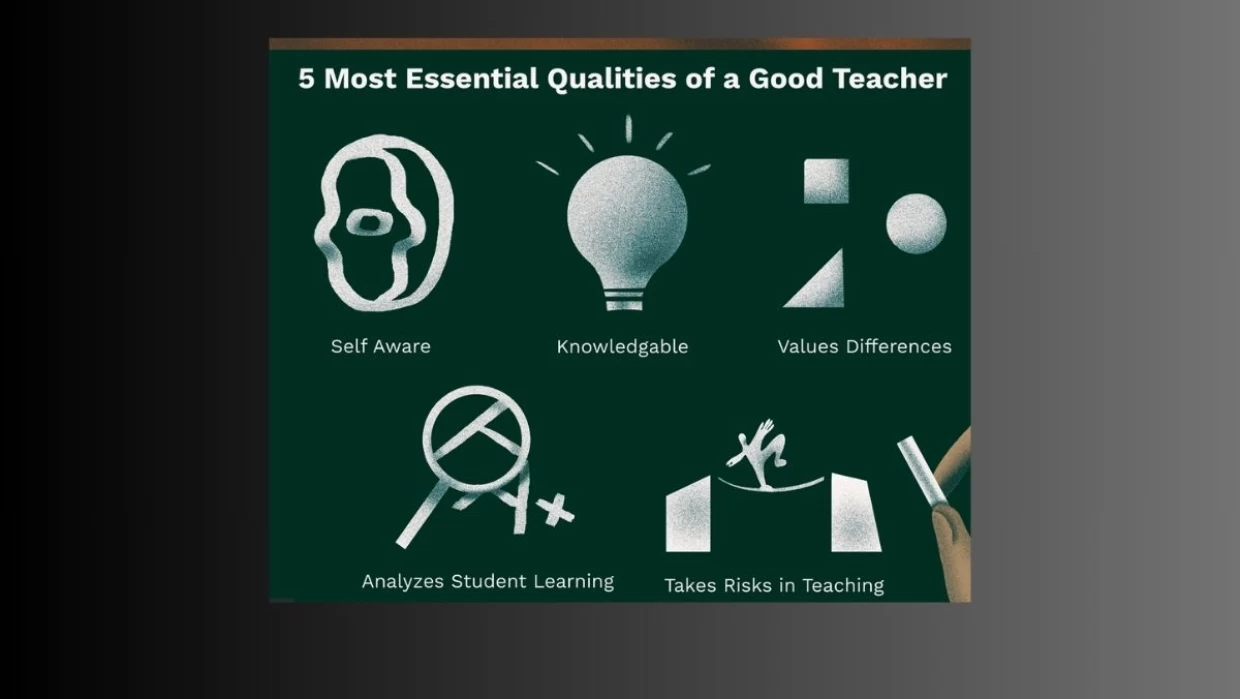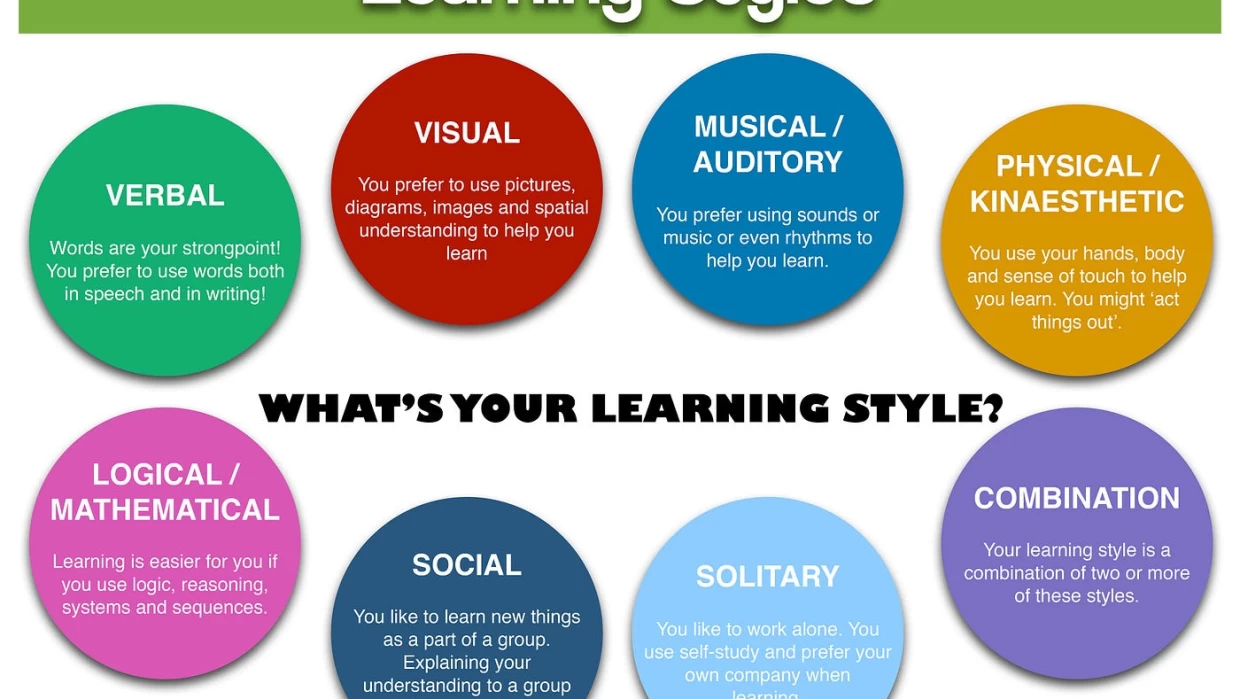6 Adult Learning Principles for Better Workplace Learning
Engaging your Australian workforce requires understanding how adults prefer to learn. Organisations can design training that enhances employee engagement, retention, and performance by recognising how adults learn new skills and knowledge.
Discover six principles to enhance workplace learning opportunities and improve employee development in Australia. This guide will explore all the principles, how they can be applied in the workplace, and why they matter.
What is Adult Learning Theory?
Adult learning theory, also known as andragogy, focuses on the unique ways adults learn. Unlike pedagogy, which is child-centred, andragogy emphasizes self-directed learning, practical applications, and leveraging life experiences. Developed by Malcolm Knowles, this theory highlights the differences in learning needs and motivations between adults and children.
Andragogy vs. Pedagogy
Andragogy:
Focuses on self-directed learning.
Emphasizes practical, real-world applications.
Adults are responsible for their learning goals.
Pedagogy:
Teacher-directed learning.
Content is often abstract and theoretical.
Children rely on the teacher for guidance and structure.
Characteristics of Adult Learners?
An adult learner is typically defined as someone who is engaged in learning activities beyond the traditional schooling age, often balancing education with work and family responsibilities. Adult learners are motivated to learn for personal or professional development, their wealth of life experiences, and their preference for practical, experiential learning.
6 Adult Learning Principles
Need to Know
Adults need to understand the importance and relevance of what they want to learn in the hands-on learning process. When organizations communicate the benefits and applications of their training programs, employees are more likely to see the value in developing new skills. This means explaining how a particular training will improve job performance, enhance career prospects, or solve specific work-related problems.
Understanding the "why" behind learning is crucial for adult learners, as it aligns their personal and professional goals with the training objectives. This principle encourages trainers to connect learning objectives with practical outcomes, ensuring that the content is relevant and immediately applicable to the employees' roles.
For instance, a learning program on advanced data analysis should highlight how these skills can lead to more effective decision-making, increased productivity, and potential promotions.
Self-Concept
Adults see themselves as self-directed and responsible for their own decisions, which is a fundamental principle of adult learning. In a workplace setting, organizations must provide opportunities for self-directed learning, allowing employees to take ownership of their learning paths. This can be achieved through flexible learning options such as online courses, independent projects, and personalized learning plans. By offering a variety of learning modalities, organizations can cater to the diverse preferences and schedules of their employees, making it easier for them to engage in continuous professional development. Additionally, creating a culture that values and supports self-directed learning can encourage employees to take the initiative in their career growth, leading to a more knowledgeable and skilled workforce.
Self-directed learning promotes independence and confidence among employees, as they feel empowered to control their professional development. When employees have the freedom to choose what, how, and when they learn, their motivation and job satisfaction increase. This approach not only enhances individual performance but also contributes to overall organizational success. Employees who feel supported in their self-directed learning efforts are more likely to stay engaged and committed to the organization, reducing turnover rates and fostering a positive work environment.
Experience
Adults bring a wealth of experience that can be a valuable resource in the learning process. Organizations should encourage the sharing of these experiences and blend them into their education programs. By including group discussions, peer-to-peer learning activities, and collaborative projects, companies can create a richer, more engaging training environment. This approach not only makes learning more practical and relatable but also leverages the diverse backgrounds of employees, enhancing the overall learning experience.
Leveraging the prior experiences of learners validates their backgrounds and encourages active participation. When employees see that their knowledge and experiences are valued, they are more likely to engage deeply with the training content. This engagement promotes a sense of community and collaboration within the organization, leading to improved morale and productivity. Additionally, the exchange of ideas and best practices can drive innovation and problem-solving, ultimately benefiting the organization as a whole.
Readiness to Learn
In organizational learning, it's crucial to understand that adults are most receptive to new knowledge when they can immediately apply it to solve real-life problems within their roles. By aligning training programs with employees' current responsibilities, organizations can enhance engagement and effectiveness. For instance, offering just-in-time training that addresses immediate work challenges not only meets the employees' learning needs but also contributes to organizational goals by improving performance and productivity.
Moreover, this approach highlights the significance of timing and context in the learning process. When employees perceive the relevance of training to their current situation, they are more motivated to engage and absorb information. Therefore, organizations should prioritize providing training opportunities that directly support employees in their daily tasks, fostering a culture of continuous learning and growth that benefits both individuals and the organization as a whole.
Orientation to Learning
In designing training programs for adult learners, it's crucial to prioritize problem-centered learning over content-oriented approaches. Adults are more engaged and motivated when they can directly apply what they learn to real-world situations. By focusing on practical applications and problem-solving, training programs become more relevant and effective. Case studies, simulations, and hands-on workshops are excellent examples of how to implement problem-centred learning methods. These approaches allow participants to actively engage with the material, encouraging critical thinking and fostering a deeper understanding of the subject matter.
Implementing problem-centred learning not only benefits individual learners but also organizations and their employees as a whole. By training employees with practical skills and problem-solving abilities, organizations can enhance productivity, innovation, and overall performance. Furthermore, employees are more likely to feel empowered and motivated when they can see the direct relevance of their training to their job roles. This alignment between learning and practical application creates a positive learning environment and cultivates a culture of continuous improvement within the organization.
Motivation
Creating a learning environment that enables intrinsic motivation among adults is important for organizations seeking to cultivate a highly engaged and committed workforce. Adults are largely driven by internal factors such as job satisfaction, self-esteem, and personal growth. By recognizing and catering to these motivators, organizations can create opportunities for employees to succeed and excel in their roles.
For instance, providing avenues for career advancement and offering regular feedback and recognition can fuel employees' sense of accomplishment and fulfilment, ultimately fostering a culture of continuous learning and development.
Supporting employees' internal motivation not only leads to increased engagement but also contributes to organizational success. When employees feel valued and supported in their professional growth, they are more likely to demonstrate higher levels of commitment and productivity. Moreover, organizations that prioritize employee development efforts not only attract top talent but also retain skilled individuals who are invested in the company's mission and vision.
Effective Learning Principles in the Workplace
Strategies: Implementing adult learning principles requires thoughtful integration into workplace training programs. Strategies include:
Customized Learning Paths: Tailor training programs to individual needs and career goals.
Interactive Learning: Use technology to create interactive and engaging learning experiences.
Peer Learning: Facilitate peer-to-peer learning and mentorship programs.
Feedback and Assessment: Provide regular feedback and opportunities for self-assessment to reinforce learning.
Benefits: These principles improve employee engagement, retention, and performance by making learning relevant, practical, and motivating.
Examples:
Company A: Integrated just-in-time training modules accessible on mobile devices, addressing immediate technical issues faced by field workers.
Company B: Launched a mentorship program where experienced employees share their knowledge through workshops and one-on-one sessions.
Enhance Your Learning Methods
Professional Development: Continuous learning and development are crucial for staying competitive in the workplace. Encouraging employees to pursue further education and training can significantly enhance their skills and knowledge. Learning Options can help you with all the relevant certifications and qualifications you need. We will provide you with nationally recognized certificates to support you in further developing your career.
Certificate IV in Training and Assessment: Develop essential skills for training and assessing in the vocational education sector.
Diploma of Training Design and Development: Gain advanced knowledge in designing and developing effective training programs.
Diploma of Vocational Education and Training: Enhance your expertise in vocational education and training, focusing on best practices and innovative teaching methods.
Understanding and applying adult learning principles is crucial for creating effective workplace training programs. By focusing on principles such as the need to know, self-concept, experience, readiness to learn, orientation to learning, and motivation, organizations can enhance employee development and performance.
Don’t Wait anymore and Explore other opportunities with Learning Options.
FAQ
How do adult students learn best?
Answer: Adults learn best when they feel valued, their experience is acknowledged and appreciated, they feel comfortable in their environment, can see the direct relevance of the learning to something important to their life, and are engaged in the learning process.
Which concept is more relevant to adult learning?
Answer: Adult learners show a propensity for self-directed learning. This involves developing their learning objectives, selecting techniques and materials, and completing self-assessments of their progress.
What is the objective of adult learning?
Answer: The major goal of adult education is to offer a second opportunity to individuals who are impoverished in society or have lost access to school for other reasons, to establish social justice and equitable access to education.
What drives adult learning?
Answer: Concentrate on offering people what they want: solutions to their real-world challenges. Adult learners value working toward well-defined goals. They despise the sensation of going around in circles and rapidly grow irritated.
Why is it vital to understand the principles of learning?
Answer: They serve as crucial recommendations for education and training. Furthermore, they help to focus on professional development. The learning principles direct education by reflecting contemporary intelligence and learning theories.
What are the guiding concepts for adult learning training and development?
Answer: Adult learning principles say that when people feel in control of their educational environment, they learn better. This means that, ideally, kids should be allowed to decide what, how, and when they want to study.




































We would be delighted if you could get in touch with us.
Your email address will not be published. Required fields are marked